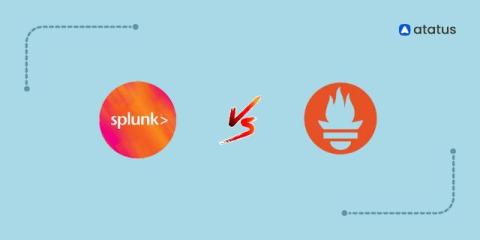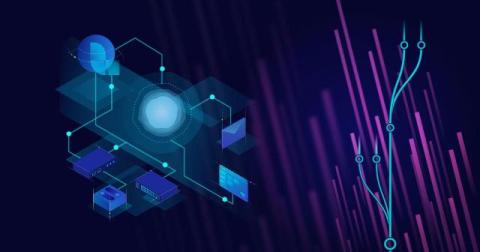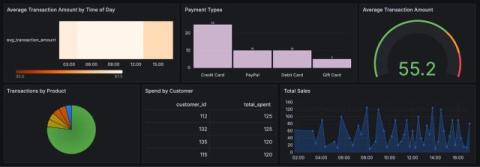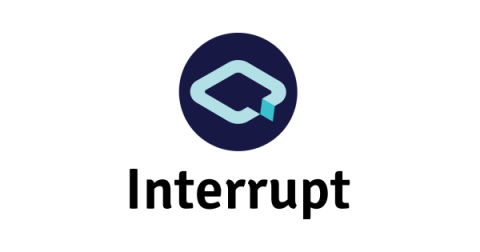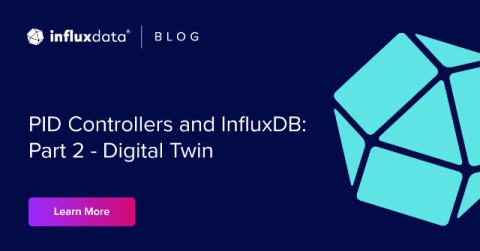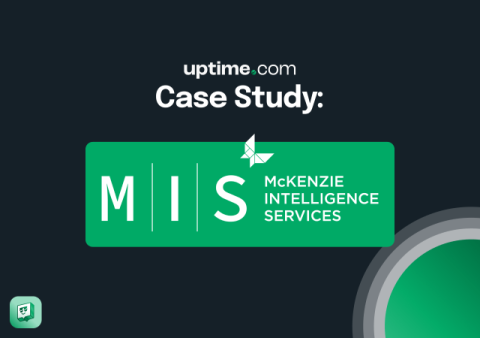Splunk vs Prometheus: a Side-by-Side Comparison [2024 Guide]
When it comes to monitoring and observability, Splunk and Prometheus are two prominent tools with distinct strengths. Splunk excels in enterprise-level security and observability, while Prometheus is known for its efficient handling of time-series data. In this blog, I have compared these two tools, focusing on their unique features, and strengths. Remember, some insights may reflect personal preferences, helping you find the best fit for your specific monitoring needs.


